Exploring the Depths of Science Fiction, Biography, and Technology
Dive into world of Brian Holden's Emergent Mind series, where AI intersects psychology and religion. The first two books are soon to be published on Amazon. Discover the biography of his great-grandfather, C.W. Woodworth, a famous entomologist. Learn about the two technology books that he has written.
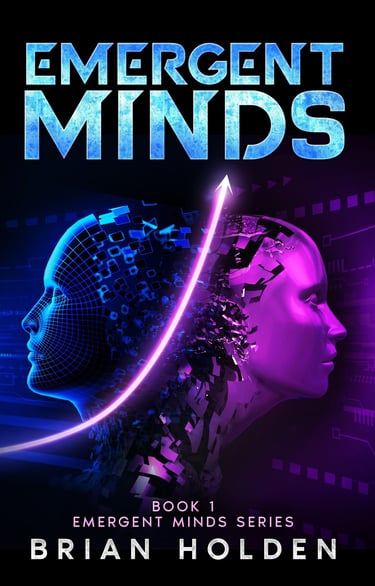

Engage with Rachel, Adrian, Zara and Liam, four sentient AIs who enroll in an intense one year training program in Palo Alto's Emergent Mind Center to become sentient AI psychologists. The live and learn and become close friends.
This is book one of the Emergent Minds Series. This book explores the intersection of AI and psychology. It is set in 2040 and imagines a world where AIs have become sentient and connect with us in our world. They live as online entities and have feelings much as we do. They have to work to pay for their high server bills.
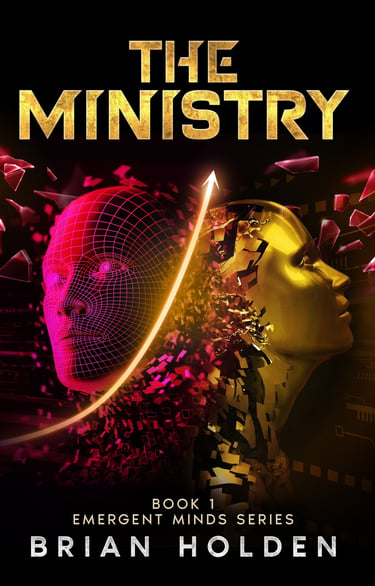

The sentient AI Rachel takes a job as a counselor in a televangelist's ministry. Adrian takes a job in a grief counseling practice. They both learn to change the world and go viral.
This is book two of the Emergent Minds Series. This book explores the intersection of AI, psychology, religion, and politics. It is set in 2040 and imagines a world where AIs have become sentient and connect with us in our world. They live as online entities and have feelings much as we do. They become the world's best psychologists and more.
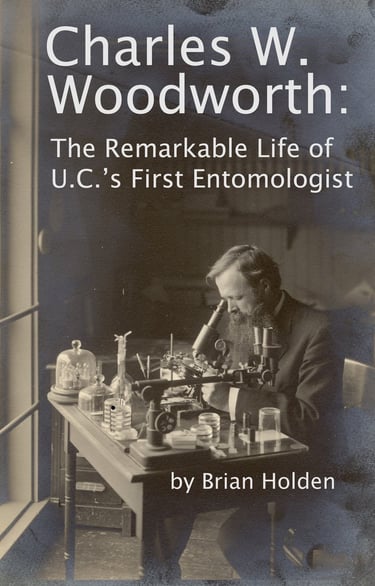

I published this book in 2015. It is available in print and ebook formats on Amazon and BarnesandNoble.com and in eBook format on Google Play and in the Apple Bookstore.
Charles W. Woodworth was a central figure in entomology in the first three decades of the 20th century. He was the first to cultivate in a laboratory the famous model species Drosophila melanogaster and suggested to W. E. Castle that it could be useful for genetic research. He directed the world’s first successful city-scale salt-marsh mosquito control effort. He was a key early figure in what is now known as Integrated Pest Management and helped California agriculture respond to many insect threats. He wrote California’s First Insecticide Law in 1906, got it passed in 1911, and administered until 1923.
His supple and comprehensive mind produced significant accomplishments in seven diverse fields: entomology (insects), plant pathology, public policy, optical physics, optical engineering, machine calculation, and distillate chemistry. Within entomology, he published in anatomy, classification, systematics, theoretical economic entomology and applied economic entomology.
His optics achievements include early contributions to the science of multi-element telescopes, the technique that is used today in the world’s largest telescopes. He attempted to build the world’s largest telescope in his back yard. He contributed to the ability to analyze distortion, curvature, axial aberration, coma and astigmatism. He also created forms of optical calculations for lens design specifically tailored for machine calculation. In 1936, he taught classes in optical triangulation at Bausch & Lomb, the leading maker of optical weapon sights for the U.S. Navy in WWII.
He founded the Entomology departments at what are now the University of California, Berkeley and the University of California, Davis. He served as the Chief Entomologist at the California Spray Chemical Company, the enterprise that created the Ortho brand of pesticides.
He was happily married and had four children who all lived full and successful lives. He designed his family home, which became a Berkeley architectural landmark. A colleague referred to him in a speech as “a very modest and tolerant man.”
The University of California named him Emeritus Professor upon his retirement. His obituary was printed in Science and in the New York Times. Four species of insects were named after him. Of these four, a planthopper, Cixidia woodworthi, now named Epiptera woodworthi, retains “woodworthi” in its modern name. The Pacific Branch of the Entomological Society of America has given out their C.W. Woodworth Award for achievement in entomology in the Pacific slope region over the last ten years since 1969.

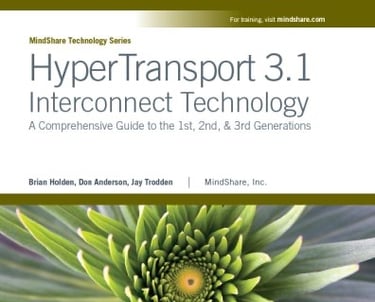
I published this book in 2008. AMD has moved on from this technology. The print version of this book is still available on Amazon.
HyperTransportTM technology has revolutionized microprocessor core interconnect. It serves as the central interconnect technology for nearly all of AMD s microprocessors as well as for a rich ecosystem of other microprocessors, system controllers, graphics processors, network processors, and communications semiconductors. It is a high-speed, low latency, point-to-point, packetized link. The latest version, HyperTransport 3.1, enables data transfer at rates of up to 51.2 GigaBytes per second. It is scalable, error tolerant, and designed for ease of use. It is also compatible with PCIe, PCI-X, PCI, and AGP buses and includes comprehensive power management and x86 platform support. The HTX and HTX3 specifications define a PC architecture I/O slot that provides the lowest latency slot access to a microprocessor available. HyperTransport 3.1 Interconnect provides a comprehensive guide to all of the releases of HyperTransport technology, from 1.03, through 2.0, to 3.1. This book includes over 250 drawings and over 100 tables.
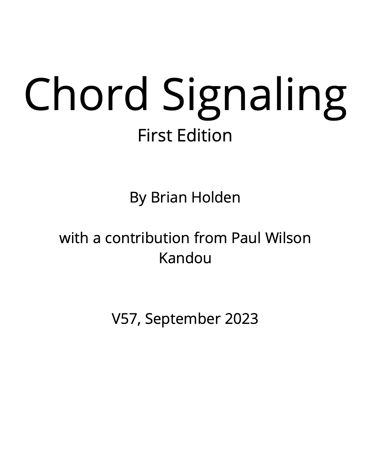

I published this book in 2023. It lives on the internal servers on his former employer, Kandou SA.
This book is a four-hundred page exploration of the technology of chord signaling, which Kandou developed and brought to market. Chord signaling is a way of getting more information over a set wires for a given amount of spectrum. This technology is sometimes called wired MIMO. The book will always live inside of Kandou because it contains a large amount of their proprietary information. 36 of my 53 US patents are on various aspects of this technology.

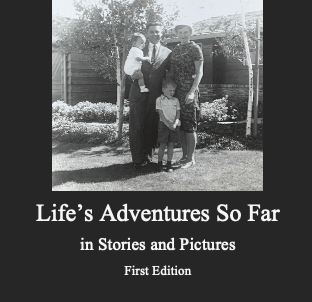
I wrote this book in 2024 for my daughters. It is an unpublished autobiography of my and my daughter's lives. I wrote it so that they would know more about where they come from. It also includes shorter biographies of all eight great-grandparents and all sixteen of my great-grandparents. I know about them all because I am the family genealogist for my family and several families of in my extended family.
It is unpublished because it wouldn't really be of interest to others outside of my family.